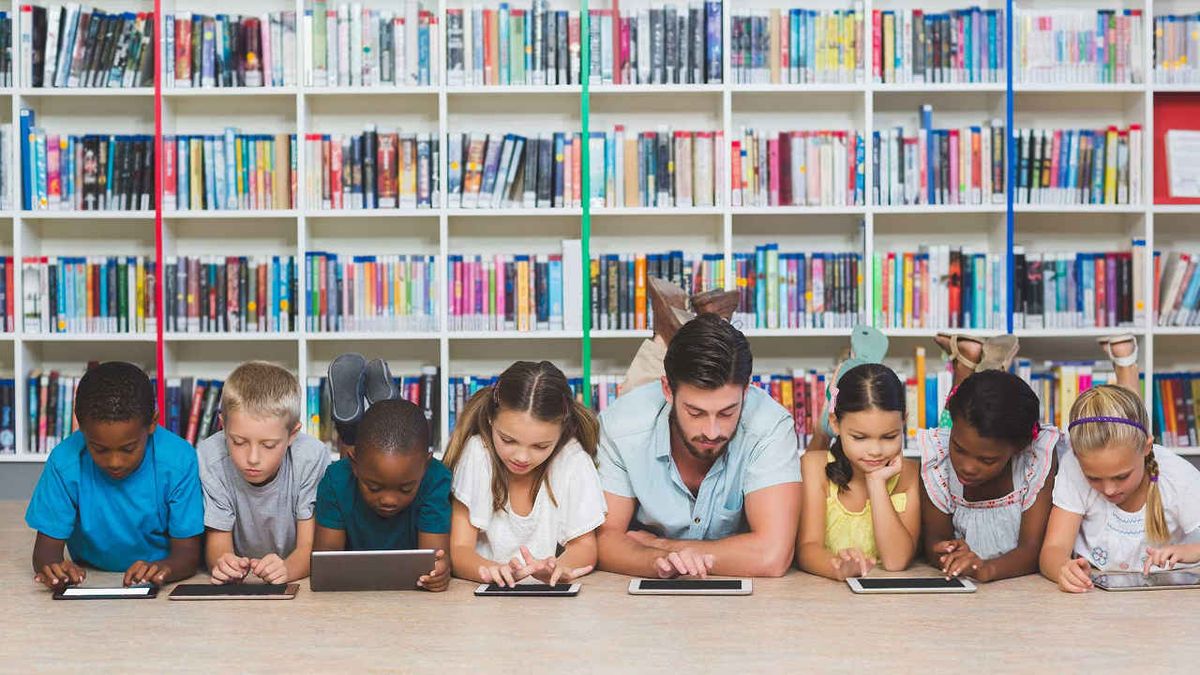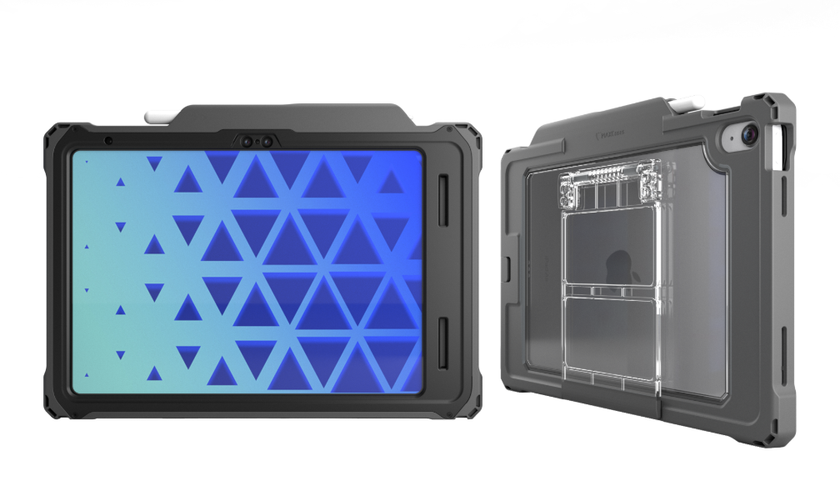Implementing a Blended, Phonics-Based Literary Approach
A balance between technology and one-on-one instruction ignites special ed students’ love for reading.

When the district announced our transition to a phonics-based literacy approach using a new reading program two years ago, I was a little skeptical. I’ve grown used to administrators telling me that a new piece of tech will fix things and make class better for students. Gradually moving toward a blended learning environment for teaching reading meant we had to trust a program to deliver effective lessons that meshed well with teacher support. We all went into training with some concerns.
I was lucky enough to have a student teacher that year, so while she taught a few periods out of the day, I had time to study our new approach to teaching reading. The more I learned, the more I believed that this was what my students needed: technology that helped them to break down and sound out each syllable of a word.
After two years of implementation, I’ve seen major change in my students. Some of my students with reading disabilities came to my class reading 35 words a minute. Without adequate progress, they’re liable to feel defeated and believe that their inability to read is just part of their school experience. To see them smile and get to 90 words a minute makes my year. Here are a few ways I made the transition to a blended learning environment while jumpstarting my students’ love for reading.
COMBINING ONLINE WORK AND FACE-TO-FACE INSTRUCTION
During the first year using the new program, Reading Horizons Discovery, the students and I were actively learning it together. After the first year, I was confident in using the program, mostly because my students’ progress was something I’d never seen before. While the computer components of my class were beneficial for both myself and my students, walking through activities face-to-face with students was still crucial.
We usually start with a whole-group lesson. I like to get my students to stand up and do work around the room before they log in to their computers for a lesson. During this time, I can use my assessment data to pull students aside for individual lessons based on who didn’t pass the last lesson. The computer component allows me to identify what their needs are. First I want to know what my students understand and what they don’t, then I interact with them to help them through their struggles.
SETTING SPEED AND QUALITY GOALS
I like to supplement my lessons with what we call a “One-Minute Read.” We read the same passage for a week. On the first day, we read it for one minute, assess how far in the reading we got, and set a goal for the end of the week. We set the goal based on speed and quality. If students meet the goal at the end of the week, I give them candy.
With this short activity every day, they get a chance to practice their reading fluency alongside their phonics. In the beginning of the year, they often groan when I tell them it’s time to read. It’s not long, though, before they see themselves meeting their goals, and they smile widely.
They see the benefits of quality practice. They walk into class and ask, “Can I read to you?” They practically beg. Their love for reading has come alive.
APPLAUDING IMPROVEMENTS, NO MATTER HOW SMALL
Sometimes students feel a little defeated when they open up their standardized tests and see a long passage. It’s intimidating if they’ve never encountered dense text. But showing them that they know the words on the page changes their attitude toward reading and testing.
Breaking down each syllable of a word teaches students how to put words together by sounding them out. It teaches them to look for certain clues in a word that tell them how it sounds. It clicks for my students. My students are more engaged and thrilled about their growth. Their reading fluency has improved, and their reading scores have gone up hundreds of points on their standardized tests from the beginning to the end of the year. The program reinforces my lessons, and I think the combination has been a game changer. When my students reach their goals, big or small, I celebrate with them.
To other teachers considering a transition to blended, phonics-based learning, I would say this: Success isn’t going to happen overnight. There will be days where you feel like it’s not working. When I go home at night, I run through the day in my head and assess what worked and what didn’t. Then I head into class the next day with a clean slate. There’s always room for improvement.
The important thing is to keep going. There are days where you’ll have to regroup, but little by little, you’ll see it really is making an impact. Regardless of their level, a phonics-based literacy approach moves students forward.
Melissa Cassada is a special education teacher at Lewison Elementary School in Evans, Georgia.
Tech & Learning Newsletter
Tools and ideas to transform education. Sign up below.
Melissa Cassada













